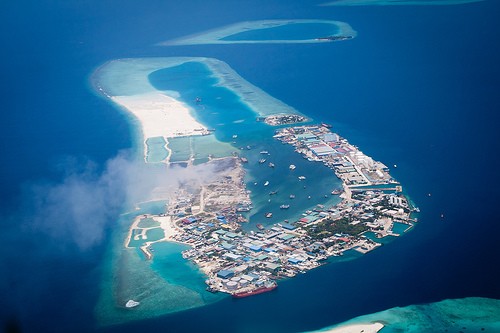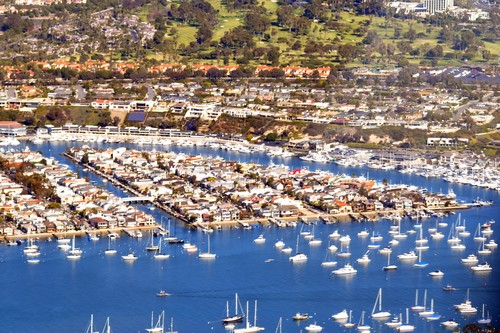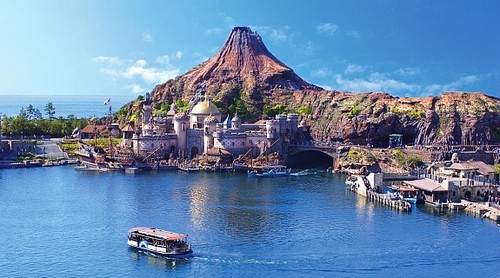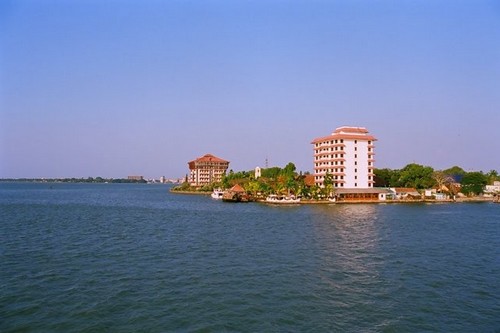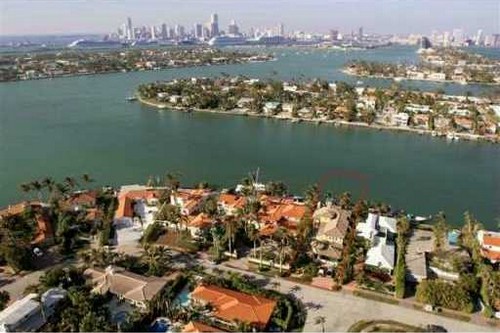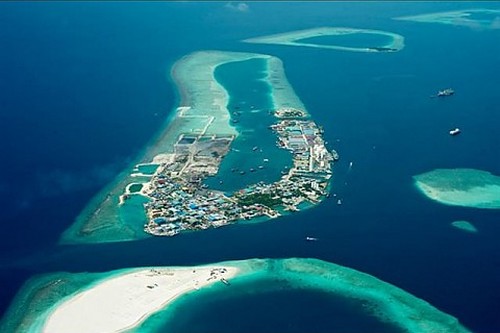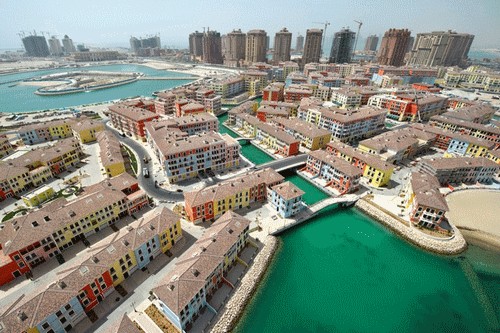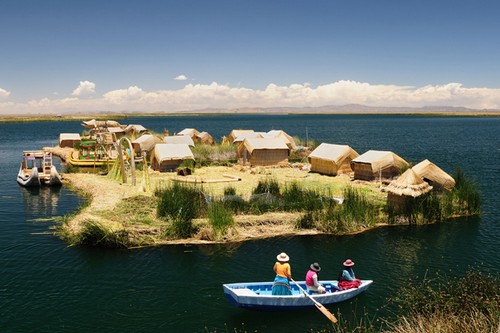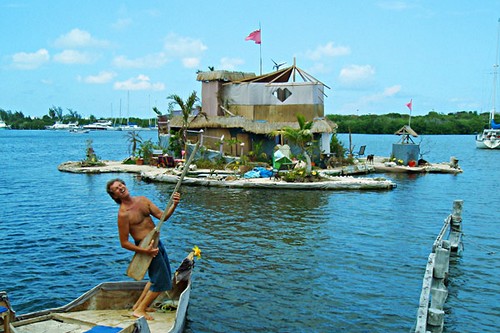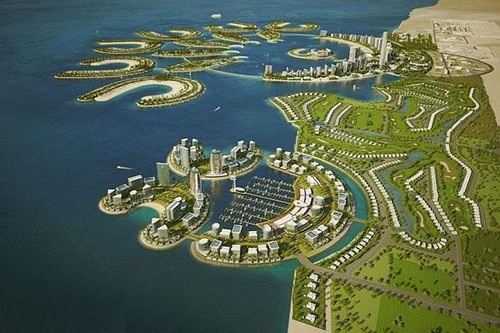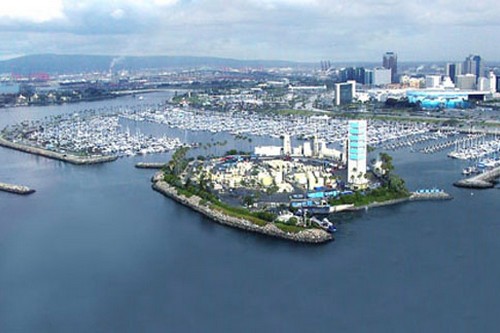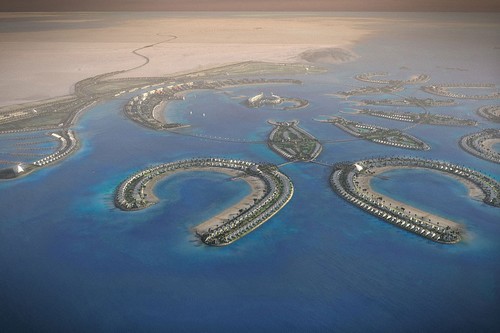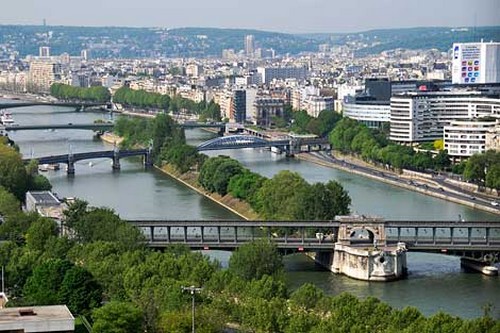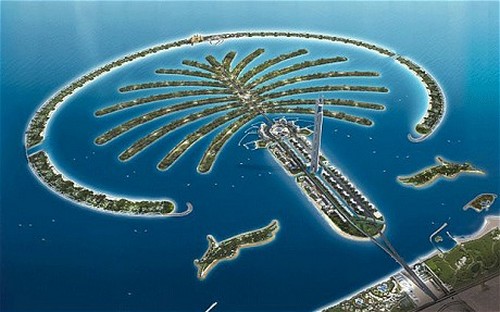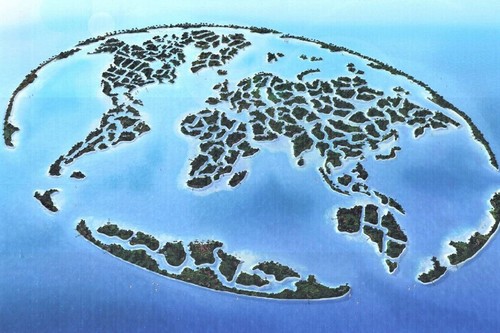The table

The menu

A 2013 study found that menus are an ideal vehicle for different types of bacteria. E. coli can survive on a laminated menu for as long as 24 hours, and salmonella for as long as 72 hours. Donna Duberg, an assistant professor of clinical laboratory science from Saint Louis University, suggests paying attention to how your menu feels. “If there is visible food on the outside or if it feels ‘sticky,’” she tells Yahoo Health, “it is most likely harboring germs, bacteria, and viruses from everyone who has sat there or worked there over the last few days.” Be safe and give your hands a good wash after ordering (and before eating).
The ice in your drink

Like a cold drink? Restaurant ice makers aren’t cleaned nearly as often as they should be (ideally once a month), and may harbor bacteria. The bottom line? Ask for your soda without ice — your stomach will thank you.
(Photo: Getty Images)

(Photo: Getty Images)
The lemon and lime wedges in your drink

Whether you request it or not, restaurant drinks often come with a slice of lemon or lime. But a 2007 study
found that 69.7 percent of lemon wedges tested showed some type of
microbial growth — either on the rind or the flesh. Why? By the time it
reaches your drink, that piece of fruit may have been handled by
multiple people — plus, there’s no way to ensure proper handwashing practices have been followed. Although it won’t be as tasty, it’s wise to take that beverage straight up.
(Photo: Getty Images)

(Photo: Getty Images)
The ketchup bottle and salt and pepper shakers

“These
are most likely never wiped off — and if they are, it is with a cloth
that has been used to wipe off the table, chairs, trays, and has been
‘rinsed’ in a tub of dirty water,” Duberg says. Beyond that, it’s
impossible to know who touched these before you (and whether they washed
their hands). You’ve got your antibacterial wipes, right? If you need
that ketchup, give the bottle a once-over before squeezing.
(Photo: Getty Images)

(Photo: Getty Images)
The tray

Just
like the condiment bottles and menus, trays are rarely wiped down (and
when they are, it’s with that same rag — yuck). Duberg suggests you
avoid touching your tray as much as possible. “When eating in a
fast-food establishment with trays,” she says, “I use hand sanitizer
before touching my food, and never touch the tray after I sit down until
after I am done eating.”
(Photo: Getty Images)

(Photo: Getty Images)
The buffet

Yes,
buffets are as dirty as you thought they were. “It is a rare day when I
will eat at a buffet or a salad bar,” Duberg says. “There are very few
assurances that the food has been kept at the proper temperature (hot or
cold); the remaining food from the container being replaced is often
scooped into the container of fresh food, and the serving utensils are
usually reused over and over again.” These latter two actions can carry
bacteria, which have been multiplying all day, from one batch of food to
the next. All you can eat? It may not be worth it.
(Photo: Getty Images)
 It
seems obvious, but the bathroom is often a reflection of how clean the
rest of a restaurant is. Duberg suggests checking to see whether there’s
a cleaning schedule posted on the door. “And use the sniff test,” she
says. “If it smells dirty, it most likely is — wash your hands with lots
of soap and water, dry with a paper towel, use the paper towel to open
the door, and use hand sanitizer at the table before eating your food.
Reminder: People who are not feeling well often go into the bathroom to
vomit or have diarrhea, and may not wash their hands as well as I do.”
It
seems obvious, but the bathroom is often a reflection of how clean the
rest of a restaurant is. Duberg suggests checking to see whether there’s
a cleaning schedule posted on the door. “And use the sniff test,” she
says. “If it smells dirty, it most likely is — wash your hands with lots
of soap and water, dry with a paper towel, use the paper towel to open
the door, and use hand sanitizer at the table before eating your food.
Reminder: People who are not feeling well often go into the bathroom to
vomit or have diarrhea, and may not wash their hands as well as I do.”
(Photo: Getty Images)
(Photo: Getty Images)
The bathroom

(Photo: Getty Images)
